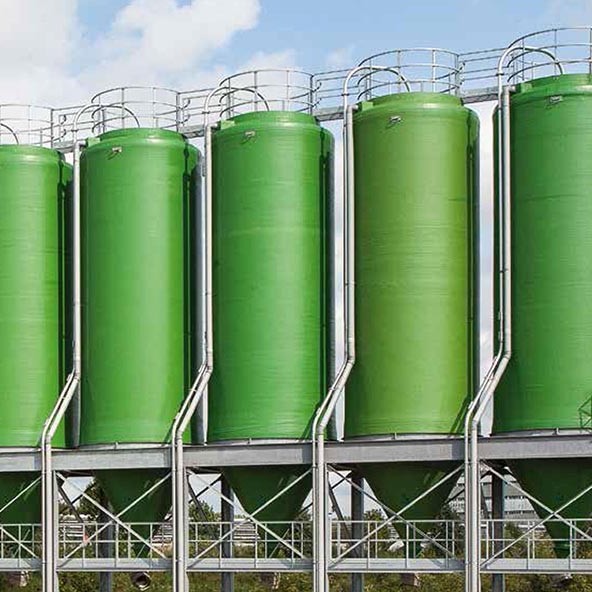
-
 Afrikaans
Afrikaans -
 Albanian
Albanian -
 Amharic
Amharic -
 Arabic
Arabic -
 Armenian
Armenian -
 Azerbaijani
Azerbaijani -
 Basque
Basque -
 Belarusian
Belarusian -
 Bengali
Bengali -
 Bosnian
Bosnian -
 Bulgarian
Bulgarian -
 Catalan
Catalan -
 Cebuano
Cebuano -
 China
China -
 China (Taiwan)
China (Taiwan) -
 Corsican
Corsican -
 Croatian
Croatian -
 Czech
Czech -
 Danish
Danish -
 Dutch
Dutch -
 English
English -
 Esperanto
Esperanto -
 Estonian
Estonian -
 Finnish
Finnish -
 French
French -
 Frisian
Frisian -
 Galician
Galician -
 Georgian
Georgian -
 German
German -
 Greek
Greek -
 Gujarati
Gujarati -
 Haitian Creole
Haitian Creole -
 hausa
hausa -
 hawaiian
hawaiian -
 Hebrew
Hebrew -
 Hindi
Hindi -
 Miao
Miao -
 Hungarian
Hungarian -
 Icelandic
Icelandic -
 igbo
igbo -
 Indonesian
Indonesian -
 irish
irish -
 Italian
Italian -
 Japanese
Japanese -
 Javanese
Javanese -
 Kannada
Kannada -
 kazakh
kazakh -
 Khmer
Khmer -
 Rwandese
Rwandese -
 Korean
Korean -
 Kurdish
Kurdish -
 Kyrgyz
Kyrgyz -
 Lao
Lao -
 Latin
Latin -
 Latvian
Latvian -
 Lithuanian
Lithuanian -
 Luxembourgish
Luxembourgish -
 Macedonian
Macedonian -
 Malgashi
Malgashi -
 Malay
Malay -
 Malayalam
Malayalam -
 Maltese
Maltese -
 Maori
Maori -
 Marathi
Marathi -
 Mongolian
Mongolian -
 Myanmar
Myanmar -
 Nepali
Nepali -
 Norwegian
Norwegian -
 Norwegian
Norwegian -
 Occitan
Occitan -
 Pashto
Pashto -
 Persian
Persian -
 Polish
Polish -
 Portuguese
Portuguese -
 Punjabi
Punjabi -
 Romanian
Romanian -
 Russian
Russian -
 Samoan
Samoan -
 Scottish Gaelic
Scottish Gaelic -
 Serbian
Serbian -
 Sesotho
Sesotho -
 Shona
Shona -
 Sindhi
Sindhi -
 Sinhala
Sinhala -
 Slovak
Slovak -
 Slovenian
Slovenian -
 Somali
Somali -
 Spanish
Spanish -
 Sundanese
Sundanese -
 Swahili
Swahili -
 Swedish
Swedish -
 Tagalog
Tagalog -
 Tajik
Tajik -
 Tamil
Tamil -
 Tatar
Tatar -
 Telugu
Telugu -
 Thai
Thai -
 Turkish
Turkish -
 Turkmen
Turkmen -
 Ukrainian
Ukrainian -
 Urdu
Urdu -
 Uighur
Uighur -
 Uzbek
Uzbek -
 Vietnamese
Vietnamese -
 Welsh
Welsh -
 Bantu
Bantu -
 Yiddish
Yiddish -
 Yoruba
Yoruba -
 Zulu
Zulu
Enhanced Flange Solutions for GRP Applications in Industrial Piping Systems
Understanding GRP Flanges A Comprehensive Guide
Glass Reinforced Plastic (GRP) flanges have emerged as a preferred choice in various industrial applications due to their unique blend of strength, lightweight properties, corrosion resistance, and ease of installation. This article explores the features, benefits, applications, and the manufacturing process of GRP flanges, providing a comprehensive understanding of their significance in modern engineering and construction.
What are GRP Flanges?
GRP flanges are connecting devices used in piping systems made from glass reinforced plastic. This composite material is formed by embedding glass fibers within a plastic matrix, typically polyester or epoxy resin. The result is a lightweight yet extremely strong material that is resistant to corrosion and degradation, making it ideal for harsh environments.
Key Features of GRP Flanges
1. Corrosion Resistance One of the most significant advantages of GRP flanges is their exceptional resistance to chemical attack. Unlike traditional metal flanges, which may corrode when exposed to aggressive substances, GRP flanges maintain their integrity and performance over time.
2. Lightweight GRP flanges are considerably lighter than their metal counterparts. This feature simplifies transportation and installation, reducing labor costs and improving efficiency on job sites.
3. Durability The mechanical properties of GRP, combined with the inherent strength of glass fibers, confer high durability. GRP flanges can withstand considerable stress and strain, making them suitable for high-pressure applications.
4. Thermal Insulation GRP flanges have lower thermal conductivity compared to metals, which helps in maintaining the temperature of the fluid passing through the piping system. This property can be particularly beneficial in thermal applications.
5. Design Flexibility The manufacturing process for GRP flanges allows for intricate designs and custom dimensions to cater to specific project requirements.
Manufacturing Process of GRP Flanges
grp flange

The production of GRP flanges involves several key steps
1. Material Selection The choice of resin and glass fiber is crucial, as it determines the final properties of the GRP flange. Polyester resin is commonly used for general applications, while epoxy resin is chosen for environments requiring superior chemical resistance.
2. Molding The next step involves creating a mold for the flange. This is typically done using a negative mold process, where the resin is poured over the arranged glass fibers to create the desired shape.
3. Curing After molding, the mixture is allowed to cure. This process can take from a few hours to several days, depending on the resin type and ambient conditions. Curing solidifies the flange, enhancing its strength and durability.
4. Finishing Once cured, the flanges are removed from the molds and undergo a finishing process. This can include trimming, sanding, and surface treatment to ensure a smooth finish and precise dimensions.
5. Testing Finally, GRP flanges are subjected to rigorous quality testing to ensure they meet industry standards. This may include pressure testing, dimensional checks, and chemical resistance evaluations.
Applications of GRP Flanges
GRP flanges are increasingly being used across various industries due to their versatile properties. Some of the common applications include
- Chemical Processing Due to their corrosion resistance, GRP flanges are ideal for pipelines carrying aggressive chemicals. - Water and Wastewater Treatment GRP is often employed in the construction of treatment plants, where flanges must withstand harsh environments without degrading. - Oil and Gas In offshore and onshore applications, GRP flanges provide reliable performance in challenging conditions. - Electrical and Telecommunications GRP flanges are used in the production of cable ducts and other components susceptible to corrosion.
Conclusion
GRP flanges represent a significant advancement in the construction and engineering sectors, offering an excellent alternative to traditional materials. Their unique combination of lightweight strength, corrosion resistance, and durability make them well-suited for various applications. As industries continue to seek innovative solutions for demanding environments, the adoption of GRP flanges is likely to grow, shaping the future of piping systems worldwide. Whether in chemical processing, water treatment, or energy sectors, GRP flanges stand at the forefront of modern materials technology.









